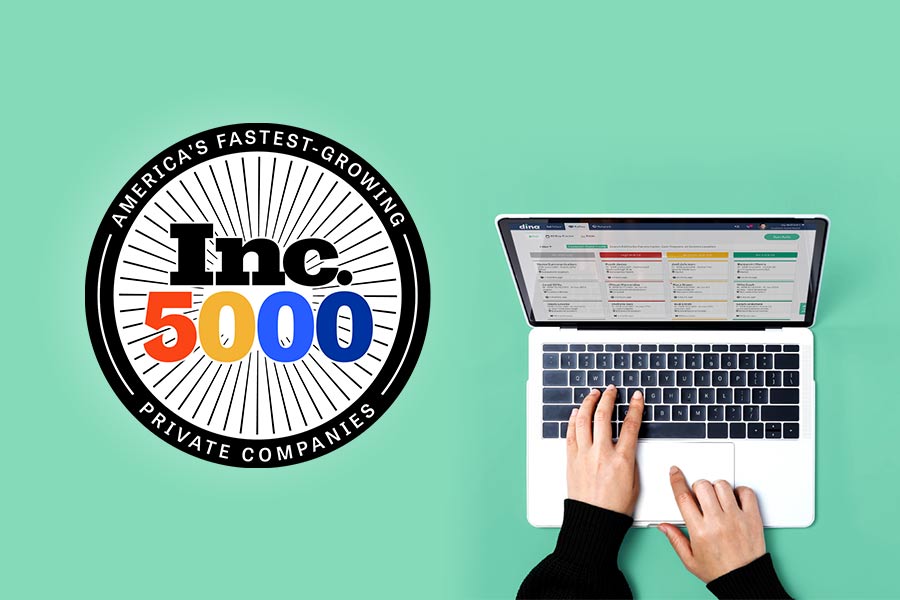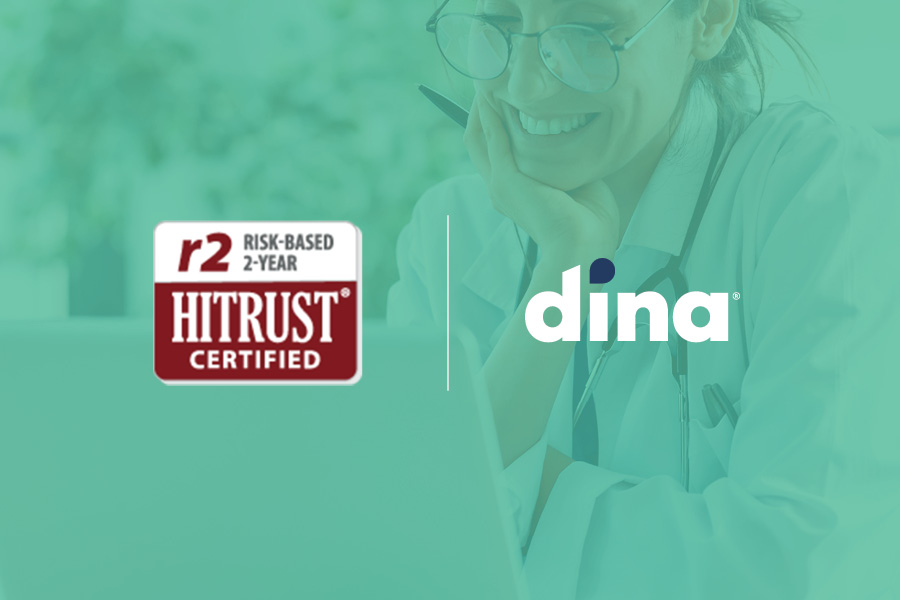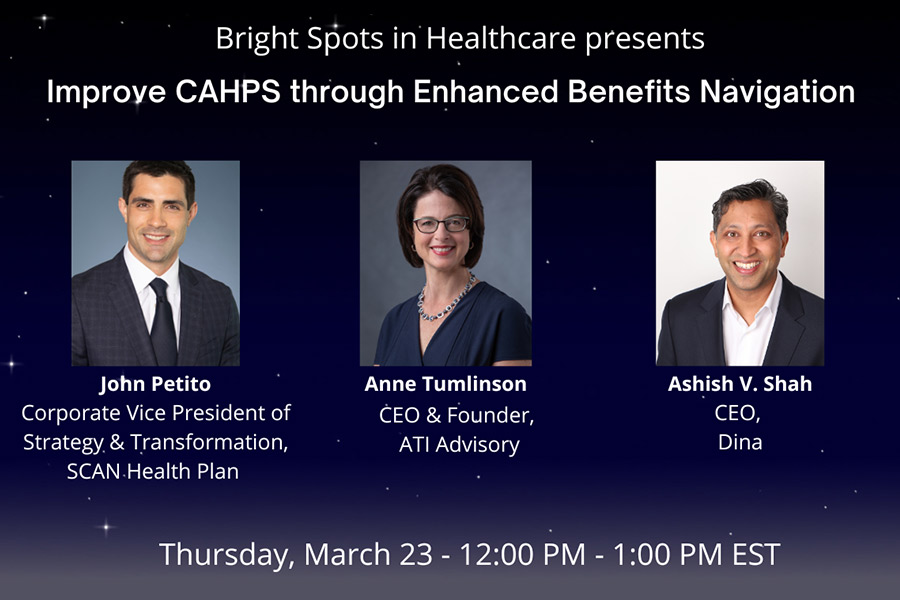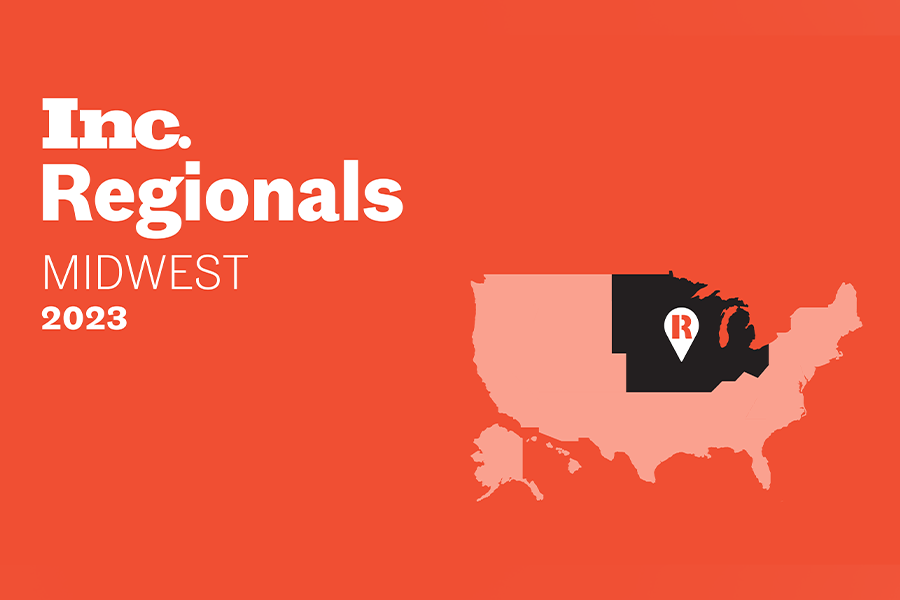
The following appeared in Built In Chicago on April 18, 2016 by Sam Dewey.
A couple of days ago, the New York Times’ Katie Rogers wrote a piece called “Why Do Older People Love Facebook?” in which she essayed the exact question her title posed. It’s a curious phenomenon, and one that almost anyone who’s Facebook friends with a parent or grandparent can attest to.
As the Silent Generation and Baby Boomers continue to like and comment and share with a speedy enthusiasm that belies their age, the disruptive potential of social media has once again begun to emerge — particularly in concert with the needs of a new population of older users.
Chicago’s Dina is one of the companies at the head of the pack. The startup brings social networks to the world of healthcare in order to connect providers, patients and families, all in the name of better care.
“Despite all the progress we’ve made from a technology and information sharing standpoint, human connection is really missing in healthcare,” said Ashish Shah, Prepared Health’s CEO. “It’s still very difficult in today’s healthcare environment to connect all of the people that may be touching you as a patient around your health.”
The company, which Shah launched in 2014 with co-founder David Coyle, initially set out to streamline communication and coordination efforts among disparate members of a patient’s care team — from hospital doctors and nurses to primary care physicians, social workers, occupational therapists and people who help transport and set up medical equipment.
The idea is that adopting a more intuitive, familiar, and enjoyable way of sharing information and status reports that models something like Facebook’s news feed — rather than emails or phone calls people are bound to forget or ignore — will lead to better outcomes.
Since leaving beta on the provider side last January (with whom they seem to have stuck a chord), the company has begun to explore ways to expand the platform to patients and patients’ families in order to keep everyone on the same page throughout the care cycle. While that platform is still in its own version of beta, Coyle — whose extended family has used it to keep tabs on his mother’s healthcare — said it’s worked well to keep the entire family feeling involved and in sync.
And patients themselves, despite their age, can also participate, sharing and receiving updates and pictures from their family and caregivers.
Shah said the platform, which is available on the web and in both the Apple and Android stores, is private, secure and HIPPA-compliant. No patient data gets stored on devices, and all of the information is encrypted.
The 10-person team has plans to lease an office in downtown Chicago within a few months (they’ve been working digitally until this point), and if things continue to go well, Shah said they plan to average about one new hire a month over the course of the next year.
“This issue of keeping people together around healthcare related issues is a global issue,” Shah said. “We’re going to make a small dent into that problem, and we know we’ll help some people along the way.”
Keep Learning with Us
Want to learn more about Dina and how we are using technology to transform health in the the home? Subscribe to our newsletter to stay in touch!




